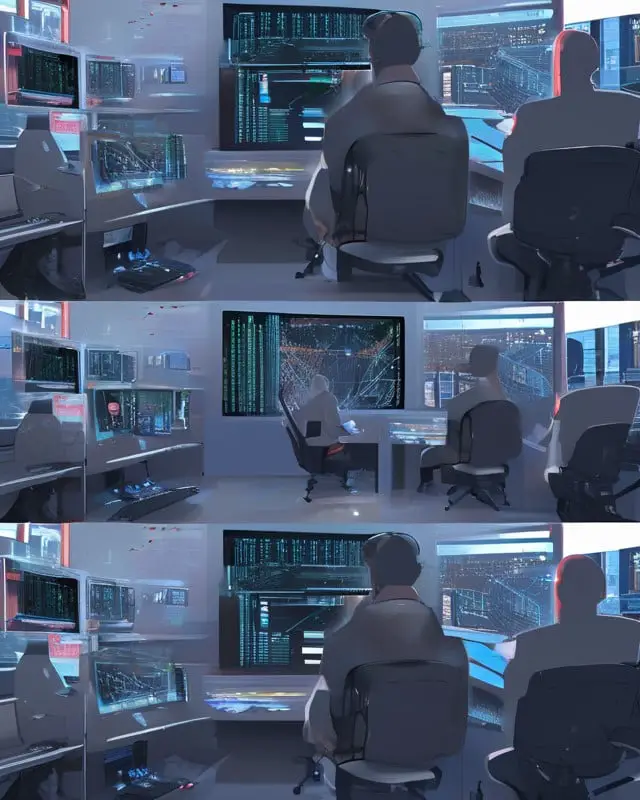Cyber security landscape is constantly evolving
New developments in technology are being made all the time.
Learning the theory and practical application of technologies are quite different, automation is a buzzword in the cyber security landscape, however, human intervention has no substitute, operational efficiency in infrastructure management is a key factor in reducing the attack surface, this means you have to upgrade, update the current technologies being used, also remove legacy technologies who are vulnerable to be exploited.
Remember the phrase in the intelligence world, when you suspect something has the least probability of happening, prepare for it as such it is going to happen.
The above applies to Cyber security landscape.
Latest cybersecurity trends and technologies to watch out for in 2023 and beyond:
- Artificial intelligence (AI) and machine learning (ML) are being used to develop new and more effective ways to detect and respond to cyber threats. AI-powered cybersecurity solutions can analyze vast amounts of data to identify patterns and anomalies that may indicate a potential attack. They can also be used to automate tasks such as threat hunting and incident response.
- Behavioral biometrics is a new type of cybersecurity technology that uses machine learning algorithms to analyze user behavior. Behavioral biometrics can be used to authenticate users and to detect suspicious activity. For example, a behavioral biometrics system might analyze a user’s typing patterns or mouse movements to identify them.
- Zero trust architecture is a security framework that assumes that no user or device can be trusted by default. Zero trust architecture requires all users and devices to authenticate and authorize themselves before being granted access to resources. This approach can help to protect organizations from a variety of cyber threats, including supply chain attacks and insider threats, a lot of organizations are struggling to implement this where they have legacy technologies and new products are seen in the the cyber security landscape.
- Latest products in the field of Zero Trust Architecture in Cyber security Landscape:
- Twingate
- NordLayer
- JumpCloud Open Directory Platform™
- Prove Good Access
- Duo Beyond
- Google BeyondCorp
- Microsoft Azure
- OKTA Identity Cloud
- Ping Identity PingOne
- These solutions are designed to enhance security by following the Zero Trust model, which assumes a breach and verifies each request as though it originates from an open network. The U.S. Department of Defense has also released its Zero Trust Strategy and Roadmap, outlining how it plans to move beyond traditional network security methods to achieve reduced network attack surfaces, enable risk management, and contain and remediate adversary activities over the next five years.
- Blockchain is a distributed ledger technology that has the potential to revolutionize cybersecurity. Blockchain can be used to create secure and tamper-proof records of transactions and events. This can be helpful for detecting and preventing fraud, as well as for tracking the movement of data and assets. more jobs are being seen in this technology in the cyber security landscape.
- Quantum computing is a new type of computing that is based on the principles of quantum mechanics. This is getting more publicity in the cyber security landscape, Quantum computers have the potential to perform certain calculations much faster than traditional computers. This could pose a threat to cybersecurity, as quantum computers could be used to break encryption algorithms. However, researchers are also developing new quantum-resistant encryption algorithms to protect against this threat.
In addition to these emerging technologies, cybersecurity professionals are also increasingly focusing on the importance of security education and awareness. By helping employees to understand the latest cyber threats and how to protect themselves, organizations can reduce their risk of falling victim to a cyberattack.
Overall, the cybersecurity landscape is constantly evolving, and new developments in technology are being made all the time. Organizations need to stay up-to-date on the latest trends and technologies in order to protect themselves from the ever-increasing threat of cyberattacks.
